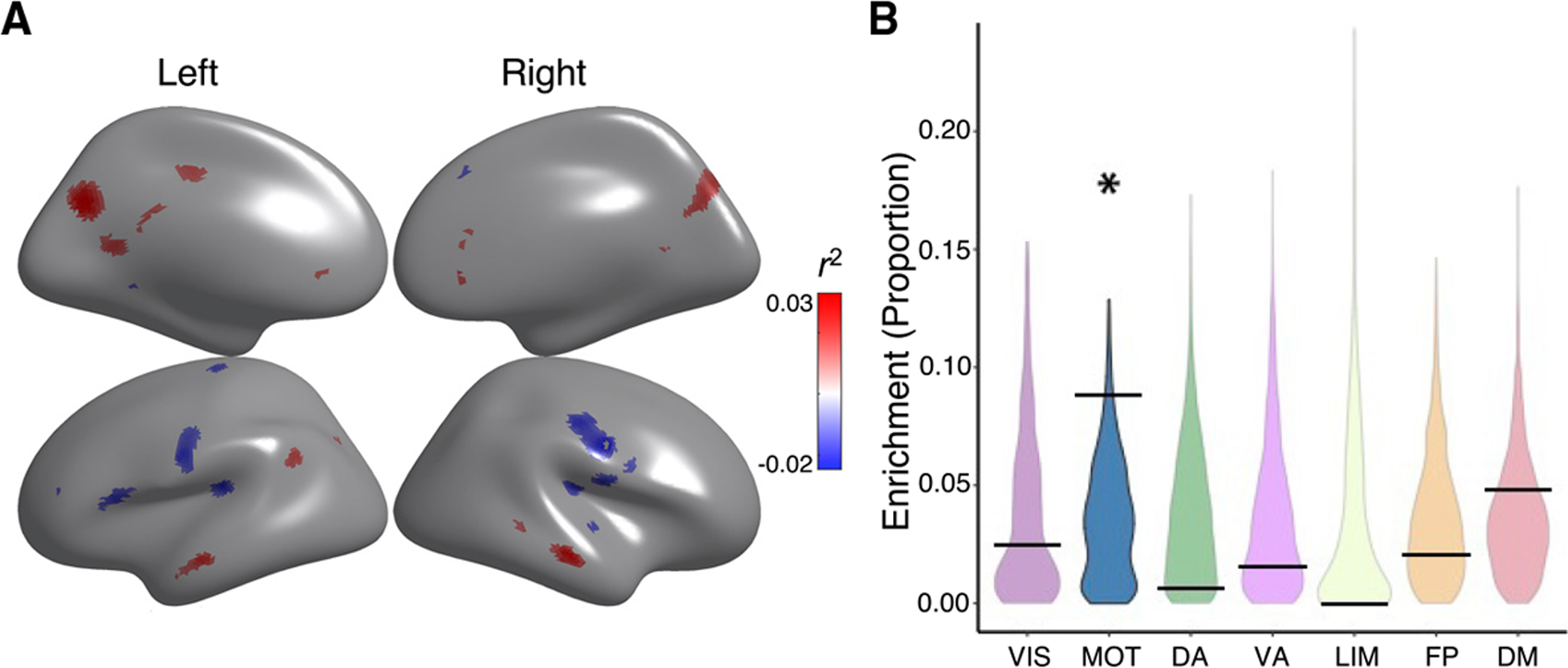Figure 6. CBF-ALFF coupling is related to executive function.

(A) The relationship of CBF-ALFF coupling to executive function showed regional variation, with both positive and negative associations. Generalized additive models were used to calculate the relationship between CBF-ALFF coupling and executive function while controlling for linear and nonlinear age effects, sex effects, and in-scanner motion; multiple comparisons were accounted for using the false discovery rate (Q < 0.05). Higher coupling in parts of the default mode were associated with better executive functioning, while higher coupling in parts of the somatomotor network were associated with reduced executive functioning. Partial correlation coefficients (r2 values) are displayed to show strength of effects. For visualization purposes, regions with positive associations have a positive r2 and are shown in red, whereas regions with negative associations have a negative r2 and are shown in blue.
(B) Spin testing revealed that associations between executive function and coupling were significantly enriched in the motor network (p = 0.040). The asterisk represents statistical significance (p < 0.05). Black bars represent the observed values, whereas the violin plots reflect the null distributions.
